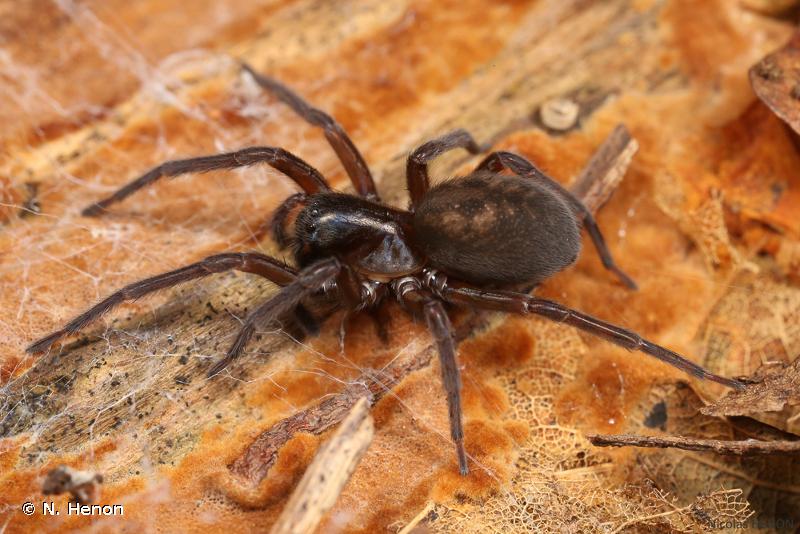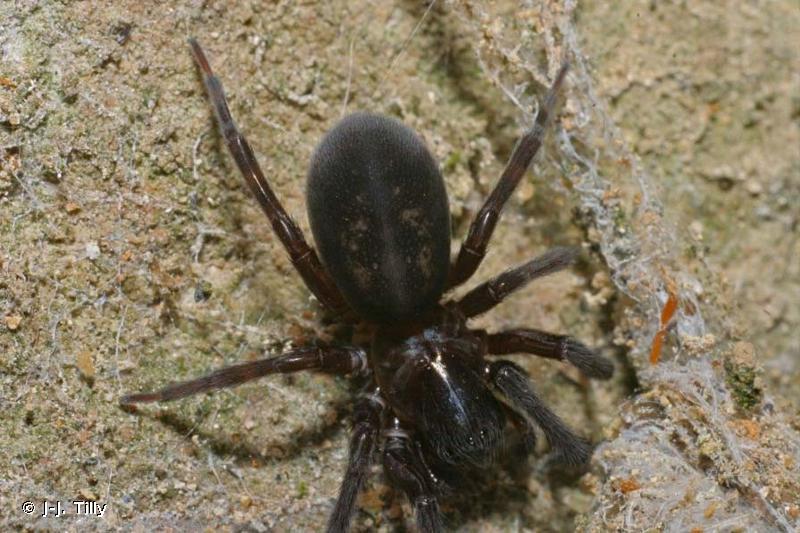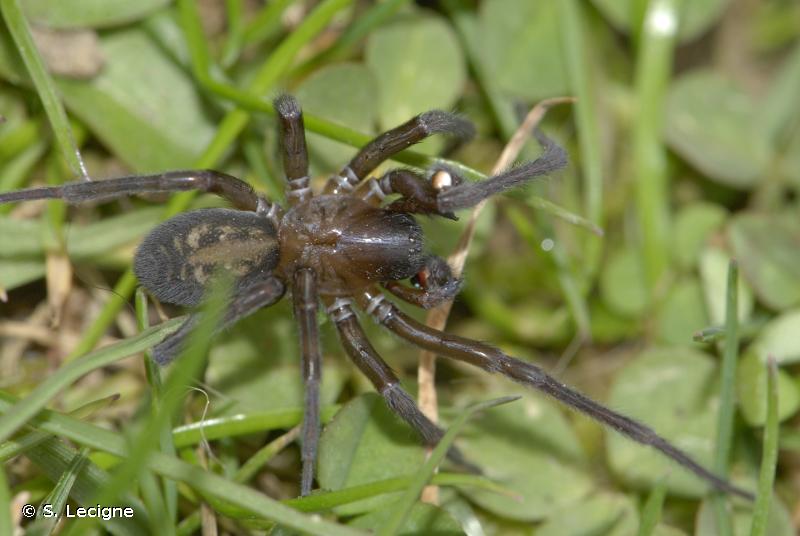
cd_nom

| Author : N. Henon |
 |
To get the picture, please visit:
Despite the Creative Commons license, please inform the author of the use which will be made of his photo

| Author : J-J. Tilly |
 |
To get the picture, please visit:
Jean-Jacques Tilly
Association française d'Arachnologie
http://asfra.fr/Site/Main_public.html
email : inpn@mnhn.fr
Any reuse of one or more photographs on this site is subject to an authorization request from the author.
Link to the Code of Intellectual Property (Legifrance)

| Author : S. Lecigne |
 |
To get the picture, please visit:
Sylvain Lecigne
inpn@mnhn.fr
Despite the Creative Commons license, please inform the author of the use which will be made of his photo

| Author : J-J. Tilly |
 |
To get the picture, please visit:
Jean-Jacques Tilly
Association Française d'Arachnologie (ASFRA)
inpn@mnhn.fr
Despite the Creative Commons license, please inform the author of the use which will be made of his photo

| Author : S. Maerten / INPN |
 |
To get the picture, please visit:
Sandrine Maerten
inpn@mnhn.fr
Despite the Creative Commons license, please inform the author of the use which will be made of his photo
Distribution mondiale
Europe occidentale, Amérique du Nord
Caractères distinctifs, espèces
Taille - femelle : 11-16 mm, mâle : 8-10 mm.
C'est une espèce noirâtre, d'aspect velouté, avec des taches plus claires sur l'abdomen. Les filières sont particulières avec la présence d'un cribellum qui manque chez les espèces de Coelotes qui lui ressemblent. Il y a huit espèces dans le genre Amaurobius en France, A. ferox est la plus grande et la plus sombre.
Milieux colonisés
L'espèce colonise des milieux plutôt sombres et humides : forêts, entrées de grottes, caves. Sa toile est tissée dans des zones avec de profondes anfractuosités : murets non jointés, arbres morts,…
Chasse
La toile est tissée sur une surface plus ou moins plane et prolonge vers l'extérieur une retraite profonde. Les fils cribellés servent dans la retenue des proies et confèrent un aspect bleuté à la toile. Avertie, l'araignée jaillit de son repaire, mord la proie, puis l'entraîne au fond de la retraite. La toile est reconstruite au début de la nuit. La plupart des individus effectuent cette réfection à la même heure. Pour cela, ils envoient sur la toile des flots de soie cribellée qu'ils prennent alternativement au moyen du peigne (calamistrum) de leurs pattes postérieures dans un mouvement saccadé rapide.
Développement, cycle
On peut trouver des adultes des deux sexes toute l'année, beaucoup moins abondants en été. Le cycle dure deux ans. L'accouplement a lieu au printemps. La copulation s'effectue hors du repaire, sur la toile. Le mâle quitte sa partenaire juste après l'accouplement. Le cocon est pondu dans la toile, il est recouvert de soie blanchâtre et comprend de 80 à 130 œufs. Peu de temps après l'éclosion des jeunes et leur première mue, la femelle dépose une masse d'œufs trophiques qui sert de nourriture aux jeunes. Ensuite, ils ne peuvent pas encore capturer de proies mais ils dévorent la mère puis, quelques semaines plus tard, se dispersent.
A. Canard(Université de Rennes/Service du Patrimoine Naturel, MNHN),2014
Continental
Metropolitan France
Overseas
Marine
Metropolitan France
Overseas
The map presents a summary at the 10 x 10 km grid of the observation data for the species transmitted to the SINP. These data have been subjected to validation filters.
The map presents a reference distribution layer of the species at the scale of departments and marine sectors. The presence and absence data were established by expertise within a network of partners. This reference distribution is used in the validation process of the SINP data at the INPN level.
Corresponds to a report on the basis of at least one observation proved within a period of 10 years (20 years for little-known invertebrates) preceding the year and no presumption of extinction since obtaining the last data nor doubt on reproductive and implemented nature of this population. For migratory species, the presence indicated concerns areas of reproduction.
This status is based on one or more of the following criteria:
This point covers the absence, more difficult by nature to demonstrate than presence. This status is based on one or more of the following criteria:
This status must be assigned to a department in which the presence of the species is casual.
Particular case of absence due to a proven extinction less than a half century ago (older disappearances are treated as "no probable or definite").
In the state of knowledge, we can not comment on the presence or absence in the current department. This is the default status when not comprised in one of the previous categories or whenever there is doubt.
The map shows the global distribution of the species based on GBIF data (Global Biodiversity Information Facility).
